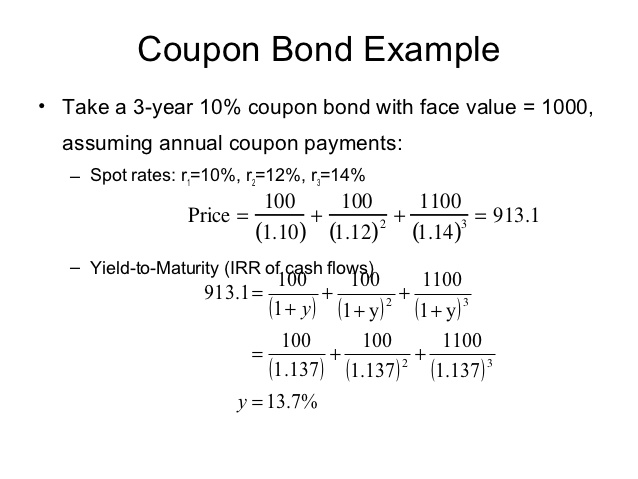
Table of Contents
Marginal Rate of Substitution (MRS)
What is the Marginal Rate of Substitution?
The marginal rate of substitution indicates the amount of a product that a consumer is willing to consume in relation to another product as long as the new product is causing satisfaction equally.
In Economics this is used in interference theory in order to analyse a consumer's behaviour. The marginal rate of substitution is calculated between two products placed on an Indifference Curve displaying utility for each combination of 'good X' and 'good Y'.

The marginal rate of substitution in economics is employed to analyse consumer behaviour as for vivid purposes. This indicates the slope of the indifference curve which represents whether a consumer would be happy substituting one product for another.
The slope of the indifference curve is important to the marginal rate of substitution analysis. At any point along an indifference curve, the marginal rate of substitution is the slope of the indifference curve at that point. Remember that most indifference curves are actually curves where the slopes are changing as you move along them. Most indifference curves are also convex because as you consume more of one product you will consume less of the other. Indifference curves can be straight lines if a slope is constant, therefore, concluding in an indifference curve represented by a downward-sloping straight line.
In case if the marginal rate of substitution rises, the indifference curve is concave to the origin. This is not extremely common since it means that a consumer consumes more of X product for the increased consumption of Y product and vice versa. Commonly marginal substitution is diminishing the meaning of consumer chooses a substitute in place of another good rather than simultaneously taking more in. The law of diminishing marginal rate of substitution declares that a marginal rate of substitution decreases as one moves down a standard convex shaped curve. This curve is the indifference curve.
MRS Formula

Where,
- X and Y represent two different goods
- d’y / d’x = derivative of y with respect to x
- MU = marginal utility of two goods, i.e., good Y and good X
Example of Marginal Rate of Substitution
For better understanding, let’s take an example here. Suppose, Deepak loves both laddu and peda, but he has to choose one. If you want to determine the marginal rate of substitution in the situation, you have to ask Deepak what combinations of laddu and peda will provide him with the same level of satisfaction.
When these combinations are grafted the resulting line's slope is negative. This means that Deepak faces a diminishing marginal rate of substitution. In other words, the more laddu Deepak consumes related to pedas, the fewer pedas he will consume. If the marginal rate of substitution of laddus for pedas is -2, Deepak would be willing to give up two pedas for every additional laddu.
Talk to our investment specialist
Limitations of Marginal Rate of Substitution
One of the major limitations of the marginal rate of substitution is that it does not examine a combination of goods that a consumer prefers more or less than another combination. It also does not examine marginal utility since it treats the utility of both goods in comparison equally even though in reality, they may actually have varying utility.
All efforts have been made to ensure the information provided here is accurate. However, no guarantees are made regarding correctness of data. Please verify with scheme information document before making any investment.












